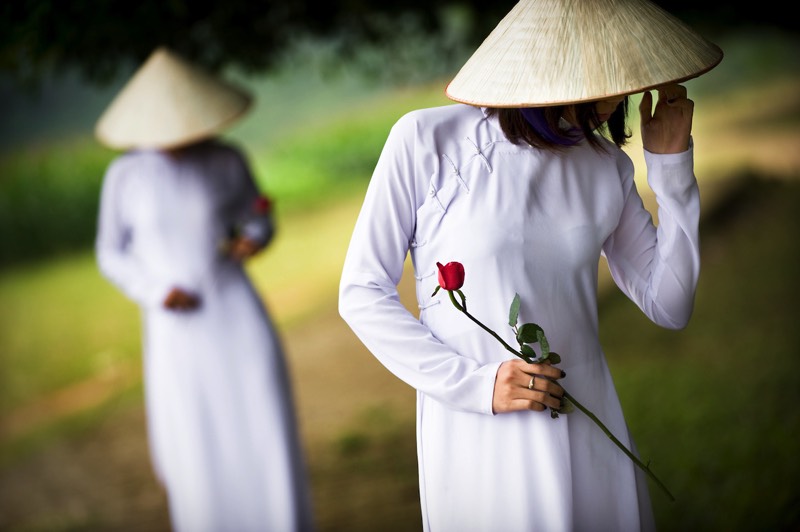
All foreign visitors to Vietnam must have a valid passport, which will remain valid for a minimum of six months beyond the intended period of stay. Most visitors to Vietnam need a visa to enter the country. U.S. citizens are required to obtain tourist visas prior to arrival in Vietnam. Beginning on 1st February 2017 Vietnam officially launched their new e-Visa program. Visitors may personally apply for their e-Visa here. Visas can also be obtained through the Vietnamese Consulate in foreign countries. The application process requires: the entrance application (printed form); two 4x6 cm photos; passport and fee for the visa issuance. The government
Language
Vietnamese is the national and official language of Vietnam, and consists of four main dialects. It is spoken by about 86% of the country.
Currency
The currency of Vietnam is the dong (VND). Paper notes include: VND 500,000; 200,000; 100,000; 50,000; 20,000; 10,000; 5,000; 2,000; 1,000; 500; 200 and 100. Coins include VND 5,000; 2,000; 1,000; 500 and 200. Foreign currencies can be exchanged into Vietnamese Dong at banks or foreign exchange agencies. Credit cards are popularly used, especially in cities and big tourist centers. Before leaving Vietnam, Vietnamese dong can be changed into foreign currencies at the airport. Note: most of the Indochina countries, including Vietnam, do not accept "old" U.S. dollars, especially if they are torn or marked. This applies to both exchange and purchases.
Mobile phones
Mobile phone coverage has become widespread nationwide in Vietnam, especially in the major cities. Check with your network provider on international roaming charges, and if they have roaming coverage in Vietnam. A less expensive option is to purchase a SIM card, and a prepaid phone card. Most hotels offer internet access, sometimes included in the room rate and sometimes for a charge, and there are internet cafes available for you to check your email as well.
Climate
Vietnam has a tropical monsoon climate, and its weather varies due to its elongated topography north to south. Temperatures in northern Vietnam range from 40F in the winter to 90F+ in the summer. Regions in the north such as Sa Pa can be even colder. Central and Southern Vietnam have high temperatures all year round. Basically speaking, the hot season is from May to October, and the dry season from November to February. North and South Vietnam see most of their rainfall from May to October.
Electricity
Current is 220-volts. If your appliances are rated for 110-volts, make sure to bring a converter. A plug adaptor will also be required.
Time Zone
The time zone is G.M.T. +7, or 12 hours ahead of U.S. Eastern Standard Time.
Tipping
Tipping in Vietnam is not expected but is always widely appreciated. A good rule of thumb is 5-10% in restaurants, and small tips for bellboys. It is customary to tip your tour guide and driver.
Health
No vaccinations are required for Vietnam with the exception of yellow fever if you're coming from an infected area. However, your doctor may recommend typhoid and hepatitis A shots, as well as boosters for tetanus and polio if you're not up to date. It is recommended to consult your physician at least four weeks prior to your trip to determine what preventative treatment may be necessary. During the trip, drink only bottled water, and make sure to bring your own medicine and prescription drugs. If you intend to visit remote places, you should also consider having a doctor prescribe pills to prevent malaria.

